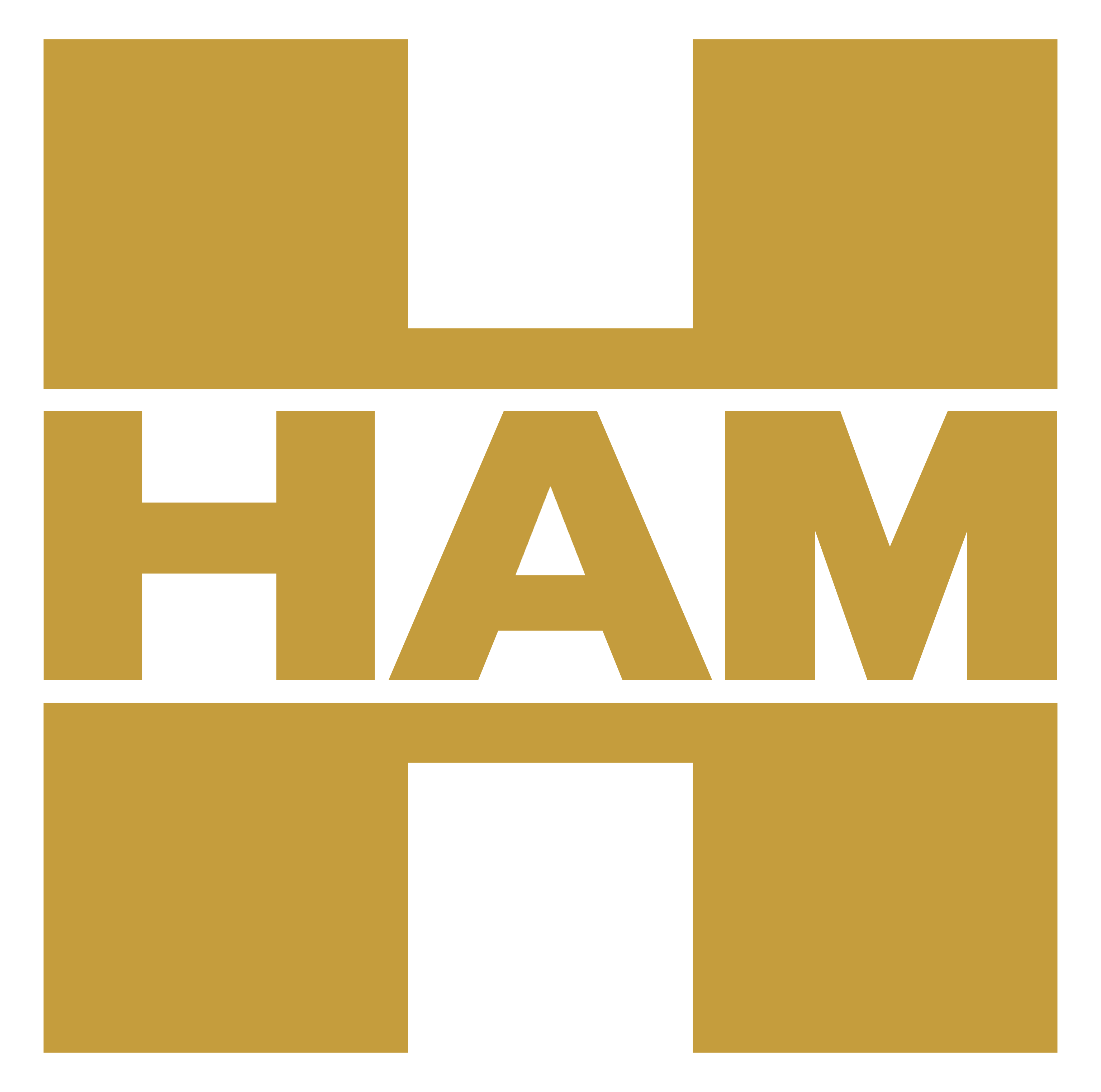
What is CNG?
Compressed Natural Gas is a real alternative to the much more polluting petroleum-based fuels. CNG consists of 80-99% methane (CH4) and the rest is made up of additions of carbon dioxide, nitrogen and hydrocarbons.
Compressed natural gas is a fuel used by companies, the self-employed and private individuals for mobility and services in urban environments


Advantages of CNG
- Lower environmental impact due to high hydrogen to carbon ratio
- Odourless, colourless, non-toxic, non-corrosive fuel
- Free of sulphur, particulate matter, traces of lead, heavy metals, toxic organic lead additives and benzene
- Emission reductions: -95% carbon monoxide, -80% hydrocarbons, -35-25% carbon dioxide and -30% nitrogen oxides
- Up to 50% reduction in noise and vibration emissions
- ECO-labelled vehicles with a range between 300-500 km
How to refuel CNG
When arriving at any HAM Group refuelling station, stop your vehicle parallel to the pump to avoid stretching and bending the hose. Before leaving your vehicle, stop the engine, turn off the lights and leave any mobile devices inside. It is very important not to smoke while refuelling.
Activate the payment terminal with your card and follow the instructions. Freelancers and businesses can use the HAM Card.
Attach the nozzle to the tank of the vehicle and press the “Start” button to start refuelling.
When the tank is full, the station will indicate the end of the supply.


Myths about CNG
- CNG vehicles are more expensive
- Maintenance is more costly
- Gas vehicles are less safe
- Driving is different from that of conventional cars
- You must stop driving if you run out of gas
- No driving is possible during high-pollution incidents
- Gas can freeze
Contact the HAM Group
To receive more information about our products and services related to compressed natural gas (CNG), you can write to us now or call us on (34) 93 770 47 60.
Our team will be happy to help and inform you.

